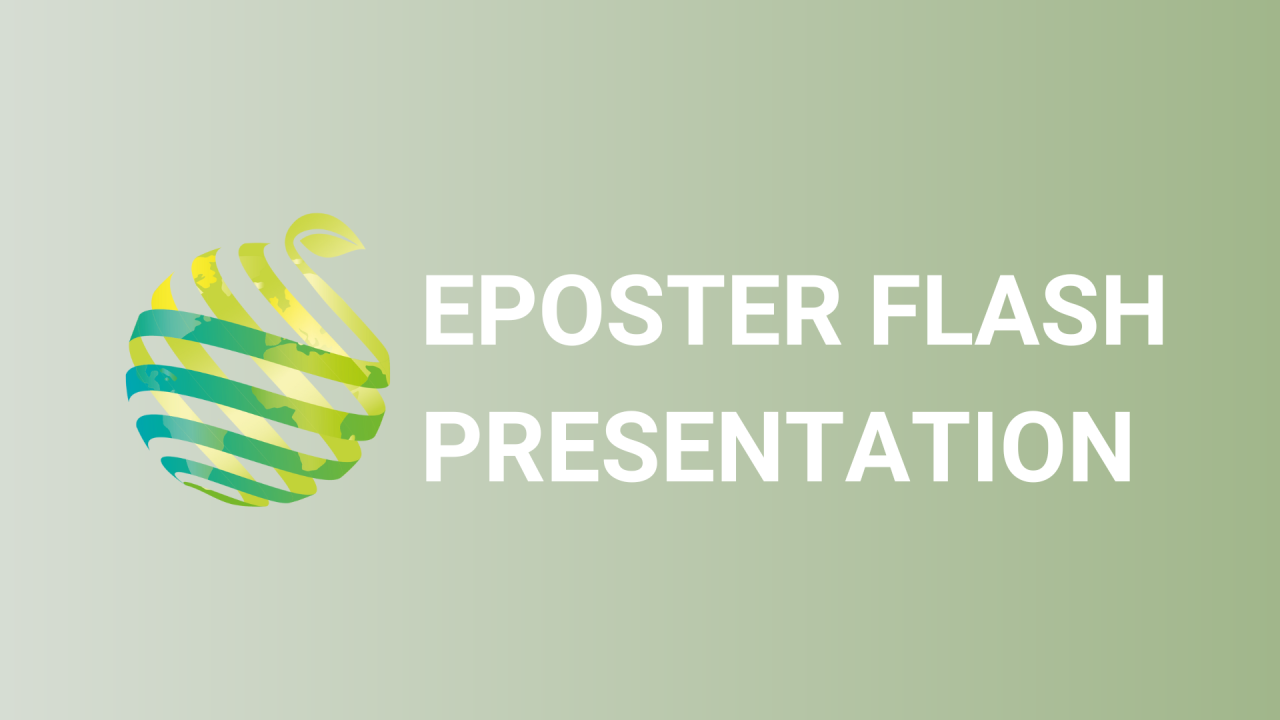

S14 - Session P4 - Development and optimization of above canopy distribution system for disease control in apple orchard
Information
Authors: Luca Corelli-Grappadelli, Irene Donati, Claudia Onofrietti, Antonio Cellini, Gianmarco Bortolotti, Luigi Manfrini, Francesco Spinelli *, Michele Preti
Disease control of fruit trees is still primarily based on pesticide application. In the apple orchard many chemical treatments are applied to control apple scab ( Venturia inaequalis ), fire blight ( Erwinia amylovora ) and pests such as the codling moth ( Cydia pomonella ) and brown marmorated stink bug ( Halyomorpha halys ). This research, carried out at the experimental farm of the University of Bologna, aimed at the development and optimization of an automated, fixed point, above canopy distribution system to reduce pesticide drift to non-target plants. The fixed spray system was installed along rows of trees planted both under anti-hail, and rainproof nets, thus allowing to also investigate the effect of the cover. The fixed point system was compared with the conventional sprayer (positive control) and untreated trees were used as negative control. The cultivars tested were 'Gala-Buckeye' and 'Rosy Glow'. The fixed point system reduced disease incidence, but with lower efficacy than the conventional sprayer. Efficacy was improved under the rain cover, which reduced scab incidence up to 22% in 'Gala' especially in early spring, compared to the hail net. Alternative products to chemical pesticides, such as thyme and oregano essential oils, sodium and ammonium bicarbonate, were tested against V. inaequalis and E. amylovora . The biological control agent, Clonostachys rosea was tested against V. inaequalis . All these methods reduced V. inaequalis growth, while only essential oils were effective against E. amylovora for essential oils application. These results suggest that fixed point pesticide application represents a promising alternative to conventional pesticide sprayers, particularly under raincovers. Finally, alternative, green compounds may be used in this system to further reduce pesticide impact on the environment and fruit residues.